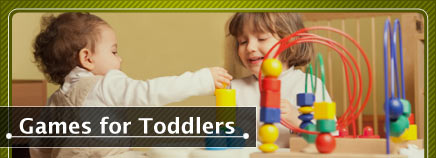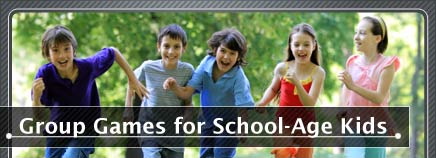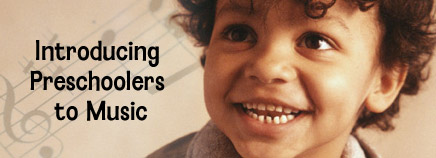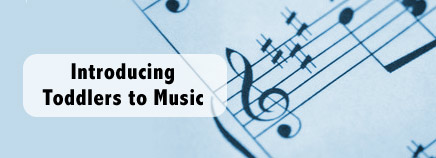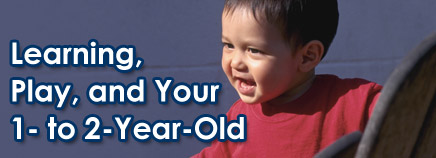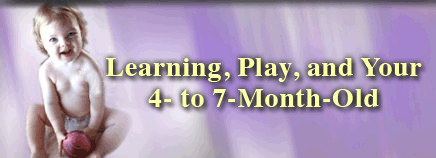Toddlers learn by playing and they learn a lot between ages 1 and 3. At 1, a child may be working on a wobbly walk and just starting to use words. But by 3, most can balance briefly on one foot and speak in short sentences. During these important years, …
Gifted Education
Many parents believe their children should be in their school’s gifted program. But only about 6% of all U.S. K-12 students are considered academically gifted. Gifted Students vs. Bright Students Parents should understand that many bright, intelligent, and talented kids and teens might not qualify for gifted education. So it …
Group Games for School-Age Kids
No more duck, duck, goose for this crowd. School-age kids are more sophisticated than preschoolers when it comes to games. They can play more complex games, juggle multiple roles, and enjoy the challenge of figuring out strategies. Getting Started Some kids will take as much active play as they can …
Help Your Child Get Organized
Most kids generate a little chaos and disorganization. Yours might flit from one thing to the next — forgetting books at school, leaving towels on the floor, and failing to finish projects once started. You’d like them to be more organized and to stay focused on tasks, such as homework. …
Individualized Education Programs (IEPs)
What’s an IEP? Kids with delayed skills or other disabilities might be eligible for special services that provide individualized education programs in public schools, free of charge to families. Understanding how to access these services can help parents be effective advocates for their kids. The passage of the updated version …
Introducing Preschoolers to Music
Like most preschoolers, your child probably already loves music and has favorite songs. This may have happened with little encouragement from you beyond simply playing music on long car trips. But did you know that your preschooler is now at an ideal age to expand his or her musical horizons and …
Introducing Toddlers to Music
Music is a natural part of life for toddlers. They might sing to their stuffed animals, tap their feet to the rhythm of nursery rhymes, and enjoy the sound of their parents singing to them — even if mom and dad can’t quite carry a tune. But this early introduction to …
Learning, Play, and Your 1- to 2-Year-Old
What Your Toddler Is Learning Kids transition from babies to toddlers during the second year of life, as tentative first steps give way to confident walking. As your toddler starts exploring, be sure to childproof your home to prevent household accidents. Language. Kids this age also make major strides in understanding language and …
Learning, Play, and Your 1- to 3-Month-Old
What Your Baby Is Learning After learning to recognize your voice, your face, and your touch, and to associate them with comfort, your baby will start responding even more to you during these months — and will even give you a smile! Babies this age spend more time awake and alert and become …
Learning, Play, and Your 4- to 7-Month-Old
What Your Baby Is Learning By 4 months old, your baby has learned to recognize you and familiar caregivers, focus and pay attention to things, and actively engage your attention. Your infant will learn to sit during this time, and in the next few months will begin exploring by reaching out …

